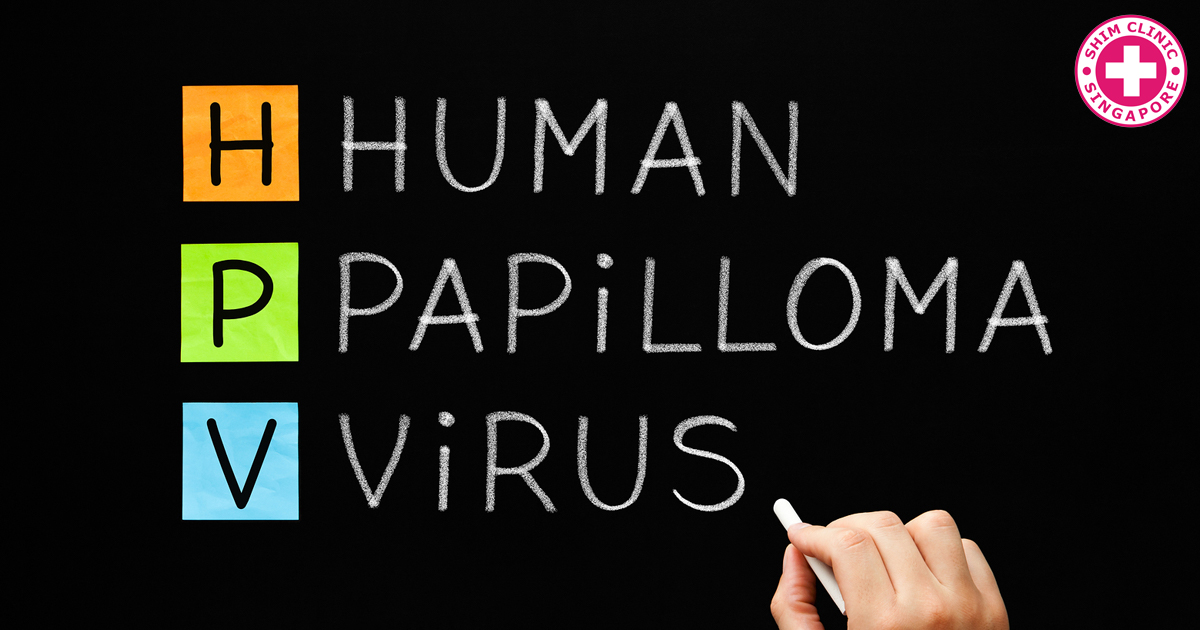We have gone on and on about Gonorrhea and Chlamydia, and how common they are. But do you know that HPV also ranks among the top most prevalent STDs?
The human papillomavirus (HPV) is in fact so common, that the CDC estimates that about 90% of sexually active people have been exposed to it. Approximately 79 million Americans in their late teens and early 20s are currently infected with some form of the virus.
There are more than 200 strains of the virus known to man today. Of these, about 40 can infect the genital area. These can lead to anything from cervical cancer to genital warts, and even penile, vaginal or vulva cancer in rare cases.
How it is spread
Vaginal or anal sex are the most common avenues. However, even oral sex can easily transmit it. It is not limited to one who has multiple partners- although this obviously increases the risk of exposure. As with any STD, all it takes is one infected partner.
Are there symptoms?
HPV can exist within one’s system for up to years, undetected. It is largely asymptomatic, hardly exhibiting any traits. Where present, they will include;
- Genital warts, which closely resemble, flat sores, cauliflower-like bumps, or small protrusions that are stem-like.
- Abnormal changes in cervical cells (only detectable through a pap smear).
What are the effects?
If it is left unchecked and does not clear up on its own, it can have dire effects on one’s health.
- Cervical cancer – Nearly 12,000 women in the US are diagnosed with cervical cancer, with more than 4,000 of them dying from it each year. It is further estimated that each year, about 19,400 women and 12,100 men are affected by other conditions and cancers that are caused by HPV.
- Genital warts – while they may not exactly be fatal, these can be quite unpleasant and uncomfortable. Approximately 1 in 100 adults has genital warts.
Prevention
- Vaccination – this is recommended for people aged between 9-26 years of age. It is assumed that, given its prevalence, most people will have been exposed to infection by their mid-twenties.
- Screening– the need for STD testing cannot be stressed enough. This will especially help to prevent the virus from developing into cervical cancer. The test is simple enough- a pap smear during a routine gynecological check will tell if anything is amiss.
- Proper use of condoms – if used well and efficiently, these help to reduce the risk of transmission. However, they cannot be considered fool-proof since the virus can be spread through skin-to-skin contact.
Is there a cure?
There isn’t a cure for HPV. However, its effects such as cancer can be put under treatment. Success of such medication will depend on how soon it is detected.
Normally, the virus clears on its own. This will be easier for those with healthy lifestyles. If you do not smoke and are physically active, or if your immune system is healthy, there are less chances of the virus developing into worse elements such as cancer.
Now you know a few things about HPV. Have you been tested lately? Be sure to go for screening and get your health in check. If present, get advice asap on how to get the virus to clear off.

